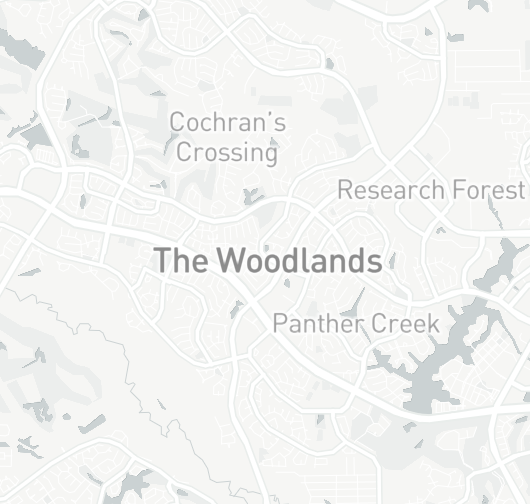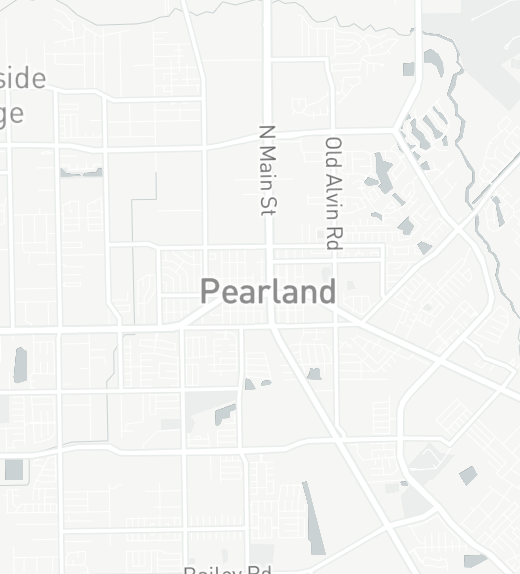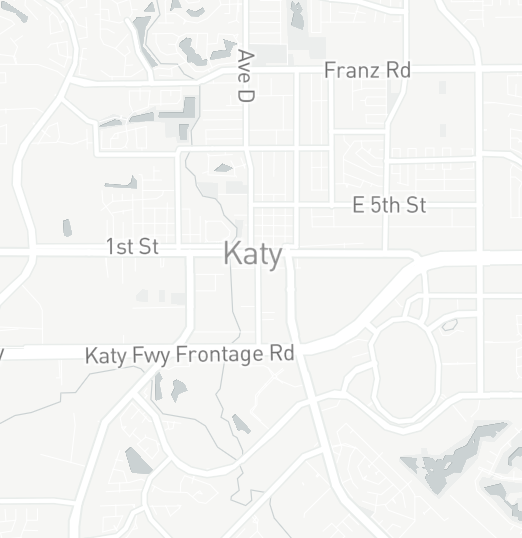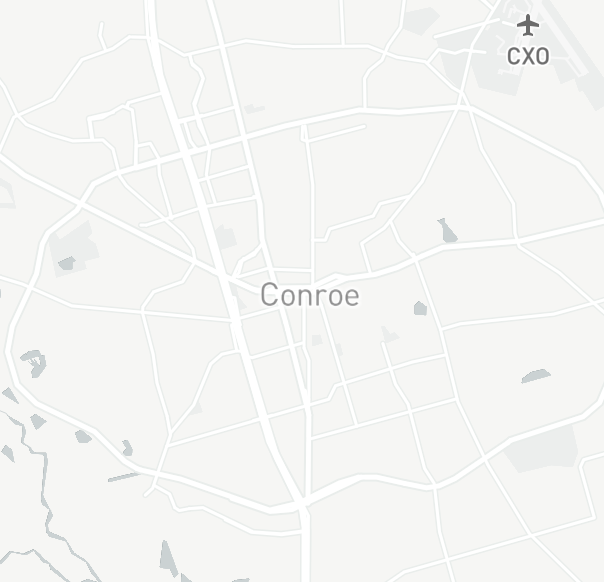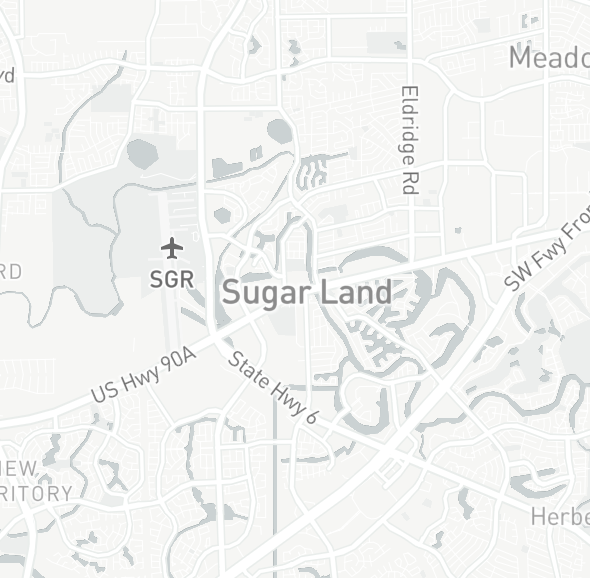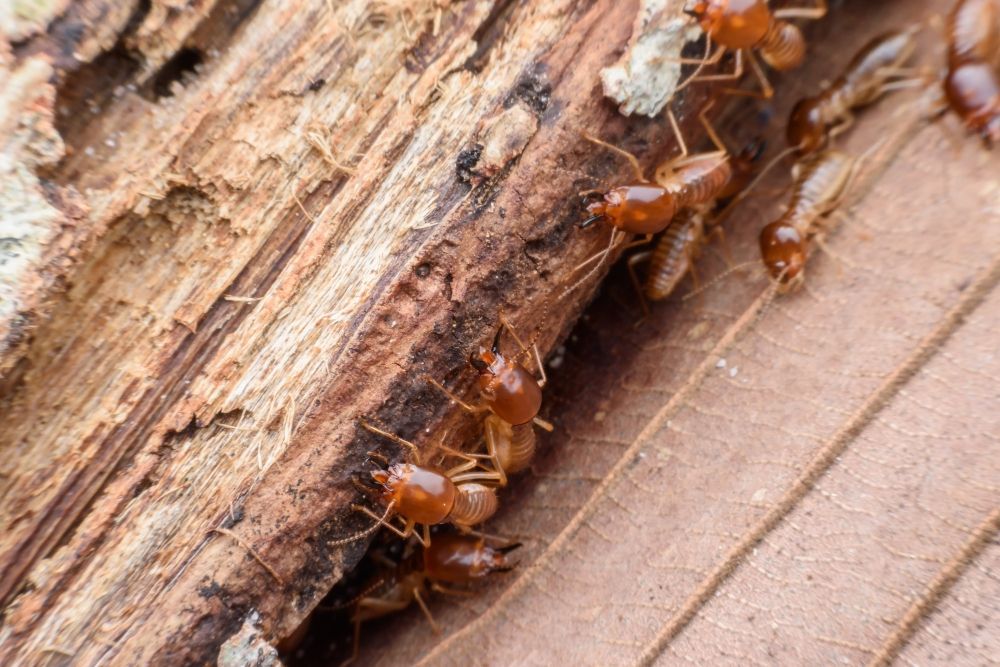Termites are small and wood-destroying insects that can wreak havoc on homes and structures.
The Woodlands, with its warm and humid climate, is particularly susceptible to termite infestations. So understanding the causes behind these unwelcome visitors is crucial in effectively combatting and preventing termite damage in your spaces.
In this article, our team of experts at Life After Bugs will share the primary factors contributing to termite infestations in the Woodlands, Texas.
- Climate
The subtropical climate in the Woodlands provides ideal conditions for termites to thrive. The region’s warm temperatures and high humidity create an environment conducive to termite activity. Remember that termites require moisture to survive, and the humid climate in the Woodlands offers them an ample supply, making it an attractive location for termite colonies to establish themselves.
- Soil Conditions
The type of soil prevalent in the Woodlands is another factor that contributes to termite infestations. The area’s clay-rich soil retains moisture, providing termites with an abundant source of water.
Moreover, the soil is often loose and easy to excavate, allowing termites to build their intricate tunnel systems or mud tubes, for protection and foraging.
- Wood Availability
Termites have a voracious appetite for cellulose, a component found in wood.
The abundance of wood resources found in the area, including timber used in construction and landscaping, serve as a tempting feast for termites. From wooden structures to furniture, termites can find sustenance in various places, increasing the risk of infestation whenever wood is available.
- Structural Vulnerabilities
Keep in mind that structural vulnerabilities in buildings can attract termites. There are moisture problems, such as leaky pipes, faulty drainage, or improper ventilation, that create favorable conditions for termites to thrive.
Additionally, cracks in foundations or gaps in building materials provide entry points for termites, facilitating their infiltration into homes.
- Proximity to Colonies
The proximity of a property to existing termite colonies significantly influences the likelihood of an infestation. The urban sprawl found in the Woodlands often means that homes are in close proximity to one another, allowing termites to spread easily from one property to the next. Once termites establish a colony nearby, they can quickly infiltrate neighboring structures – this is something that we should always keep in mind.
Understanding the causes behind termite infestations in the Woodlands empowers homeowners and professionals to take proactive measures in termite prevention.
By addressing these concerns and when you trust pest control services like those we offer at Life After Bugs, know that your termite problems will be gone in no time.
So what are you waiting for?
Give us a call today at Life After Bugs and let us handle your pest problems for you.





